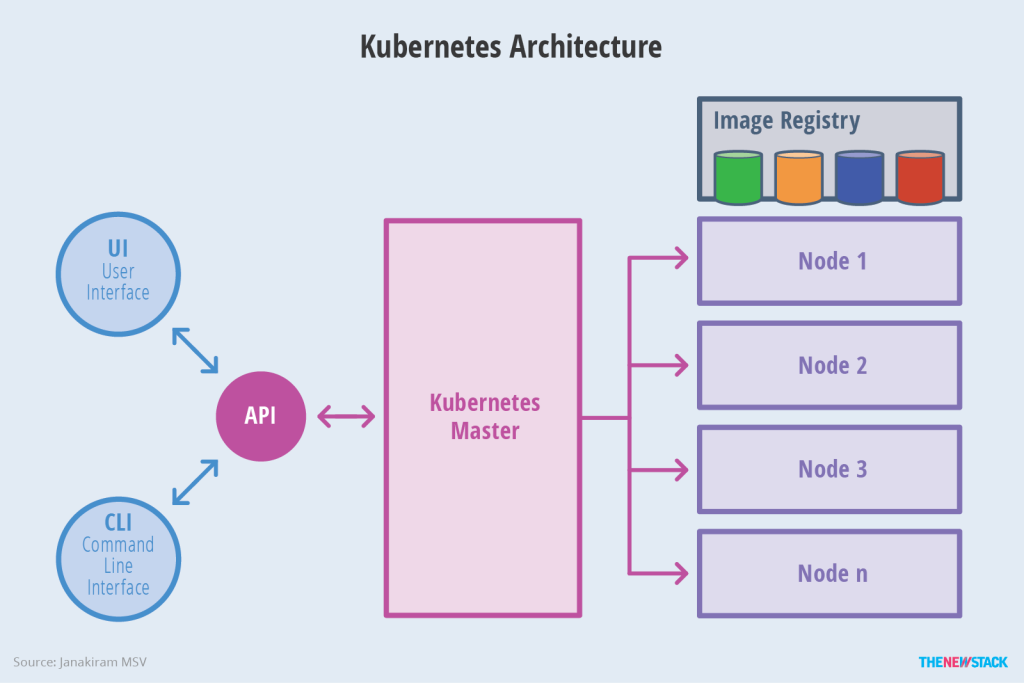
Building a service on the internet today is much easier than it was before. However, maintaining its security is a completely different issue and the main concern these days. The world of technology revolves around security, and there is no single tool that comes pre-packed with excellent features and production-grade security. This is especially true for large-scale applications.
For large-scale distributed systems, Kubernetes is the de facto standard that comes pre-packed with enterprise-scale development and orchestration features. However, Kubernetes’s superior abilities bring with it a high degree of complexity. And if you have ever set up a complex system, you know how susceptible they are to human error. Even advanced and mature Kubernetes ecosystems can become vulnerable if the smallest of errors are made in configuring them. The majority of security incidents in Kubernetes systems occur as a result of Kubernetes misconfigurations.
Table of Contents
Top 3 Categories of Misconfiguration, Their Impacts, and Solutions
A Gartner study states that human errors are responsible for around 80% of all data security breaches and up to 99% of cloud environment failures. As mentioned earlier, Kubernetes misconfigurations can result in your large-scale enterprise becoming vulnerable to attacks that can bring down your entire system.
In this section, we will learn more about the top 3 categories of Kubernetes misconfigurations, how severe their impact can be, and how you can resolve them.

Access Misconfiguration
The main cause of misconfigured access privileges is deeply rooted in Agile. Product or service success is excessively measured based on how quickly products are developed and deployed—faster service to the market is the main aim.
However, this “faster time to market” approach opens up the possibility of human error. While most of the team’s energy is focused on feature development and deployment, DevOps teams tend to run critical access privilege checks.
What Leads to Access Privilege Misconfiguration?
- It is embedded into our thought process that, as a rule of thumb, we follow default or general access permission patterns on pods and containers. Thus, teams end up enabling resources with more privileges than needed, leading to security risks.
Solution: Have a dynamic config with a list of standard access that should be granted to a resource or group.
- Granting accesses based on roles (RBAC) is a standard way to allow user or service accounts to function adequately. From an RBAC standpoint, at times, teams fail to limit role privileges, which can lead to data breaches and unauthorized access.
Solution: Create a predefined access list or a unified dashboard or service providing a visual representation of which resources have what permissions.
- Irrespective of how carefully an engineer allocates access privileges, failures are imminent if the configuration is not verified through a review.
Solution: It’s always crucial to incorporate peer reviews in the overall process to eliminate the margin of error.
Resource Misconfiguration
The primary reason for resource misconfiguration is your team not having a comprehensive understanding of how Kubernetes resource management works, and insufficient knowledge of how to limit and configure pod requests and limits. Thus, human error can contribute heavily towards resource misconfiguration.
Common Resource Misconfigurations and Their Causes
- Over- or under-allocating resources by relying on duplicated configurations from other services or auto-scaling groups can result in resource exhaustion or inadequate resource utilization.
Solution: Configure auto-scaling policies and strategize the design based on horizontal or vertical scaling to overcome resource over-allocation and bottlenecks.
- Failing to separate resources using namespaces brings security and isolation concerns.
Solution: Follow automated namespace creation with a standard naming convention. Set namespace quotas and network policies to avoid isolation-related incidents.
- Improper configuration of pod security policies (PSP) can allow containers to run with over privileges and bypass security protections.
Solution: Use default PSPs and adapt to setting a restrictive default PSP for the clusters. Use PSP policy templates and conduct periodic audits and reviews.
Network Misconfiguration
There is no single factor responsible for Kubernetes network misconfiguration. Network resources continuously change and are not reliable all the time. Multiple network components, services, and pods interact with each other in a distributed fashion and, at times, it becomes challenging to ensure reliable communication between the network elements without any missteps.
Network Misconfiguration Patterns
- Identical or overlapping subnets and IP addresses across network resources can cause pod unavailability and network conflicts.
Solution: Perform regular network audits and implement automated IP/subnet assignment and centralized IP/subnet management.
- Ingress and egress policy misconfiguring at times will expose services with unintended access to resources.
Solution: Eliminate Allow-All rules and maintain standard ingress and egress policies throughout the lifecycle.
- Irregularities in the implementation and configuration of third-party network plugins.
Solution: Adhere to one standard network plugin with centralized configuration management and incorporation of validation checks in the pipeline.
Conclusion
Kubernetes is at the top of the technology chain and the leader in open-source orchestration platforms. But misconfigurations are very common in Kubernetes, and they are imminent. Understanding how misconfigurations get introduced into the system and how to remediate them can be the most crucial line of defense for DevOps engineers. This post untangles the most common configuration an engineer might mess up or miss and how to handle it.
